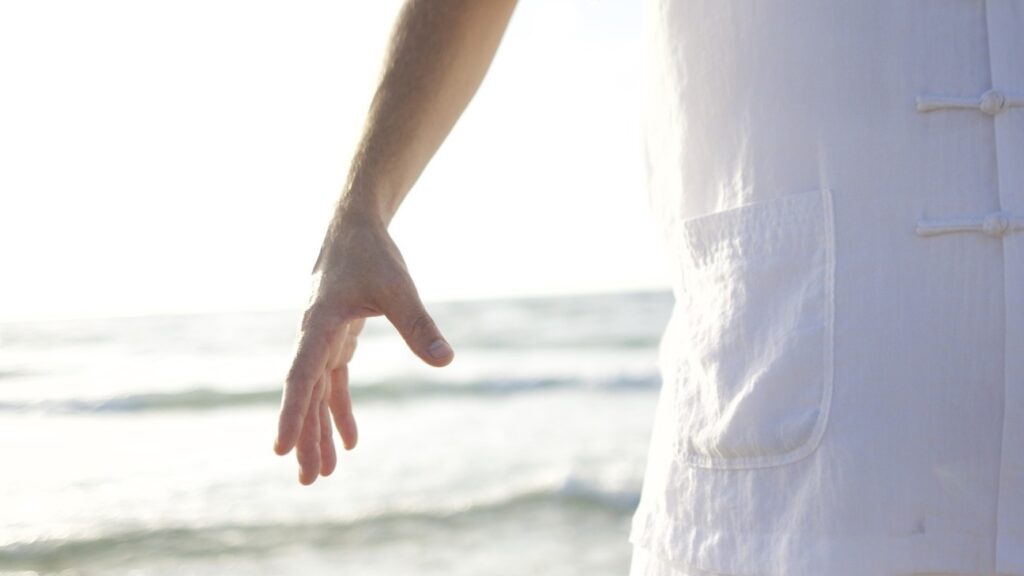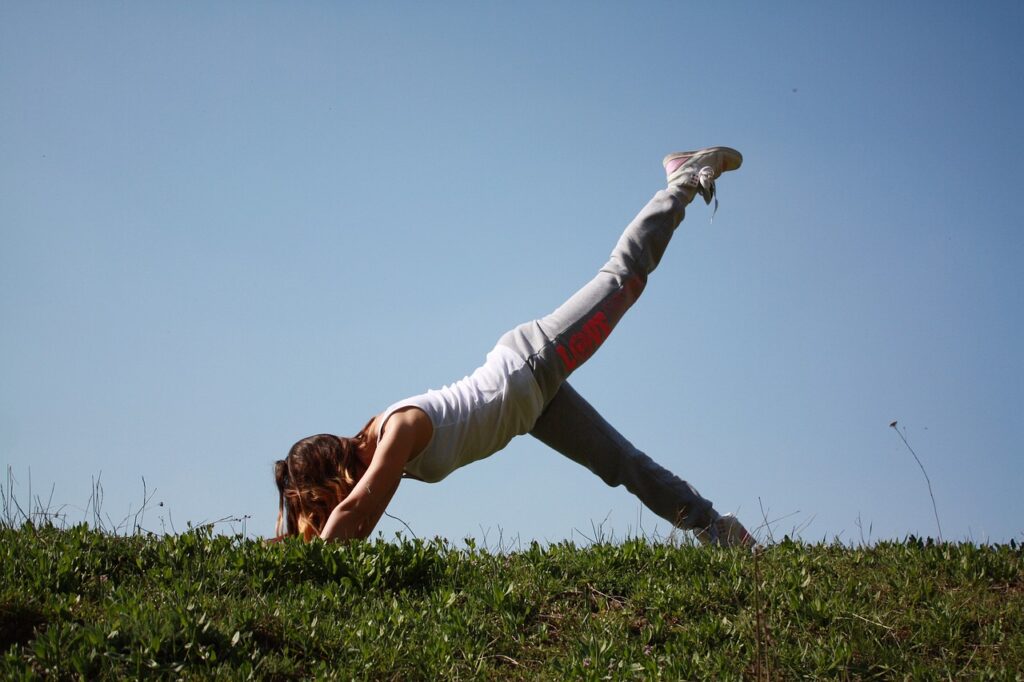Evidence Based
This article relies on solid scientific evidence, authored by experts, and thoroughly fact-checked by specialists.
Our team of licensed nutritionists and dietitians strives to maintain objectivity, impartiality, and honesty. We aim to present a fair representation of both sides of the argument.
Scientific references are included throughout this article. The numbers in parentheses (1, 2, 3) are clickable links to peer-reviewed scientific papers. These sources further support the information provided.

In the pursuit of a healthy and active lifestyle, many of us engage in physical activities ranging from strenuous workouts to recreational sports. While these endeavors bring a plethora of benefits, they can also lead to a common and often uncomfortable side effect: muscle soreness. Whether you’re a seasoned athlete or just beginning your fitness journey, understanding why your muscles ache after exercise and how to find relief is crucial for your overall well-being.
An illustrative study demonstrated the potential benefits of walking for obese females, focusing on fat burning and waist circumference reduction. Over a duration of 12 weeks, the participants engaged in walking sessions lasting 50-70 minutes, three times per week. At the conclusion of the study, noteworthy outcomes emerged: on average, the participants experienced a reduction of 1.5% in body fat and 1.1 inches in waist circumference (1
PubMed Central
Highly respected database from the National Institutes of Health
Go to source ).
In this comprehensive guide, we will explore the science behind post-exercise muscle soreness, effective strategies for prevention, and various remedies for alleviating the discomfort.
1. Introduction
Muscle soreness, often referred to as Delayed Onset Muscle Soreness (DOMS), is a common phenomenon experienced by individuals of all fitness levels. It can occur after various forms of physical activity, such as resistance training, cardio workouts, or even a simple hike. While muscle soreness is a natural response to exercise, understanding its underlying mechanisms and effective relief strategies can make your fitness journey more enjoyable and sustainable.
2. The Science Behind Muscle Soreness
2.1 Types of Muscle Soreness
There are two primary types of muscle soreness: acute and delayed onset.
- Acute Muscle Soreness: This type of soreness occurs during or immediately after intense exercise and is often associated with a burning sensation in the muscles. It is typically short-lived and subsides shortly after exercise.
- Delayed Onset Muscle Soreness (DOMS): DOMS, on the other hand, manifests 12 to 24 hours (or even longer) after the exercise session and can last for several days. It is characterized by stiffness, tenderness, and aching in the muscles.
2.2 What Causes Muscle Soreness?
DOMS, the more common and long-lasting type of muscle soreness, is primarily caused by micro-tears in muscle fibers and the resulting inflammation. Here’s a closer look at the process:
- Muscle Fiber Micro-Tears: During intense or unfamiliar exercise, your muscles undergo stress beyond what they are accustomed to. This stress leads to tiny tears in the muscle fibers.
- Inflammation Response: In response to these micro-tears, the body triggers an inflammatory response. This inflammation is part of the natural healing process but can result in discomfort.
- Fluid Accumulation: Inflammation causes fluid and white blood cells to accumulate in the affected area, which can increase pressure on nerve endings and lead to pain.
Summary
Muscle soreness, particularly Delayed Onset Muscle Soreness (DOMS), arises from micro-tears in muscle fibers during exercise, triggering inflammation and fluid accumulation, leading to discomfort and pain.
3. Prevention Is Key
While muscle soreness is a natural consequence of physical activity, there are several strategies you can implement to minimize its intensity and duration.
3.1 Warm-Up and Cool Down
Properly warming up before exercise and cooling down afterward can significantly reduce the likelihood and severity of muscle soreness. Warm-ups increase blood flow to your muscles and prepare them for the upcoming exertion, while cool-downs help your muscles recover gradually.
3.2 Gradual Progression
Avoid the temptation to jump into intense workouts without a proper progression plan. Gradually increase the intensity and duration of your exercise routines to allow your muscles to adapt and reduce the risk of overexertion.
3.3 Proper Nutrition
Your diet plays a crucial role in muscle recovery and reducing soreness. Ensure you’re consuming an adequate amount of protein to support muscle repair and maintaining proper hydration levels to prevent cramping.
4. Relief Strategies
When you do experience muscle soreness, there are various strategies you can employ to find relief and accelerate the recovery process.
4.1 Rest and Recovery
Rest is essential for muscle recovery. Adequate sleep and days off from strenuous exercise allow your muscles to repair themselves. Listen to your body, and don’t push through severe soreness.
4.2 Massage Therapy
Massage therapy can provide immediate relief from muscle soreness by increasing blood circulation, reducing muscle tension, and releasing endorphins. Consider getting a professional massage or using self-massage tools like foam rollers.
4.3 Stretching and Flexibility
Incorporating gentle stretching exercises into your routine can help alleviate muscle soreness. Focus on targeting the specific muscle groups that are affected. Yoga and static stretches can be particularly beneficial.
4.4 Over-the-Counter Medications
Over-the-counter pain relievers like ibuprofen or acetaminophen can temporarily reduce muscle soreness and inflammation. However, they should be used sparingly and under the guidance of a healthcare professional.
4.5 Natural Remedies
Several natural remedies, such as Epsom salt baths, ginger, and turmeric, have anti-inflammatory properties that can ease muscle soreness. Additionally, herbal teas like chamomile and peppermint can promote relaxation.
5. When to Seek Medical Attention
While most cases of muscle soreness can be managed at home, there are situations where medical attention may be necessary. Seek help if:
- Your soreness lasts longer than a week.
- You experience severe pain or swelling.
- There are signs of infection (redness, warmth, or pus at the sore site).
6. Conclusion
Understanding the nature of post-exercise muscle soreness is essential for anyone pursuing an active lifestyle. By incorporating preventive measures into your fitness routine, such as warm-ups, gradual progression, and proper nutrition, you can minimize the discomfort associated with sore muscles. When soreness does strike, a combination of rest, massage, stretching, and natural remedies can offer relief. Always prioritize your well-being, listen to your body, and don’t hesitate to seek medical advice when needed. With these strategies in your arsenal, you can continue to pursue your fitness goals while keeping muscle soreness in check.
In conclusion, while muscle soreness may be an inevitable part of an active lifestyle, it should never be a barrier to achieving your health and fitness aspirations. By understanding the science behind muscle soreness and adopting proactive strategies for prevention and relief, you can stay on track to lead a healthier and more fulfilling life. Remember, a little soreness is often a sign of progress, but with the right approach, you can ensure it remains a manageable and temporary companion on your journey to better health and well-being.




